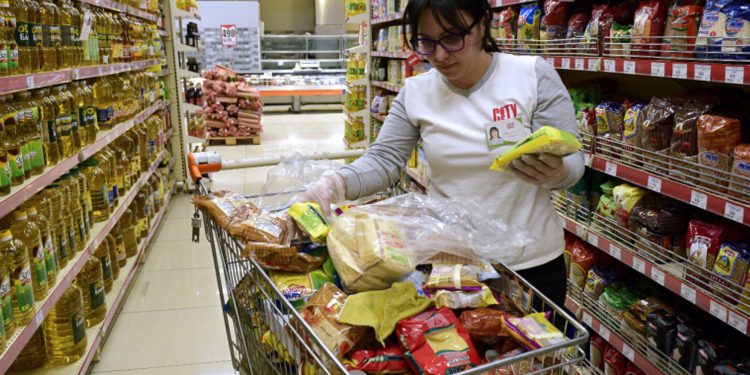Agrifood emits 31 per cent of the world’s greenhouse gases, 16.5 billion tonnes, up by 17 per cent from 1990, according to the UN’s Food and Agriculture Organization (FAO).
The supply chain, in other words, food processing, packaging, transport, retail, consumption, waste, and fertiliser production – combined – will soon overtake farming and land use as the biggest polluters in agrifood, it found.
The new study looks at 236 countries and territories from 1990 to 2019 and is designed to inform climate action plans under the Paris Agreement.
The report’s author, FAO senior statistician Francesco Tubiello, said, “The most important trend over the 30-year period is the increasingly important role of food-related emissions generated outside of agricultural land, along food supply chains.
“This has important repercussions for food-relevant national mitigation strategies, considering that until recently these have focused mainly on reductions of non-carbon dioxide emissions within the farm gate and on carbon dioxide from land use change.”
The findings include the fact that the largest contributor to world total emissions was the energy sector, with a total share of 70 per cent, due to the burning of fossil fuels.
“Emissions from retail – with powerful climate impacts – have risen more than sevenfold”
Of the 16.5 billion tonnes of greenhouse emissions from agrifood in 2019, 7.2 billion tonnes came from within the farm gate, 3.5 from land use change, and 5.8 billion tonnes from supply-chain processes.
Emissions from retail – including fluorinated “F gases” associated with refrigeration and with powerful climate impacts – have increased by more than sevenfold since 1990 while those from household consumption have more than doubled.
In terms of single gases, agrifood systems generated 21 per cent of carbon dioxide emissions, 53 per cent of methane emissions and 78 per cent of nitrous oxide emissions globally in 2019.
In 2019, agrifood systems represented more than 70 per cent of total anthropogenic emissions in Africa and South America, the highest among all regions.
In 2019, the countries with the largest emissions from agrifood were China, India, Brazil, the United States of America and Indonesia, though none of them figured as top emitters per capita.
FAO Chief Economist Maximo Torero urged policy makers to make use of the data, saying, “FAO is glad to offer this data set that addresses the greatest challenge of our time, and which is now available for all.
“This kind of knowledge can spur meaningful awareness and action.”
- The data base for 236 countries and territories, over the period 1990-2019, and updated annually, can accessed via the FAOSTAT portal.























